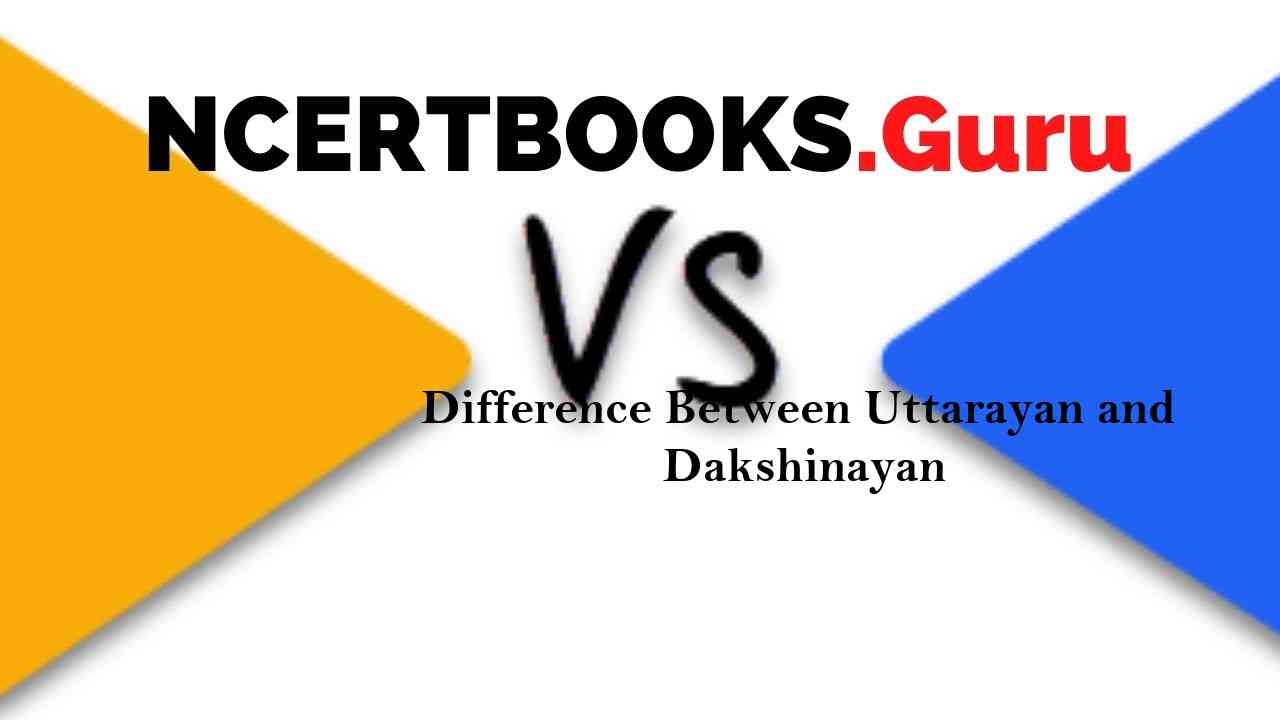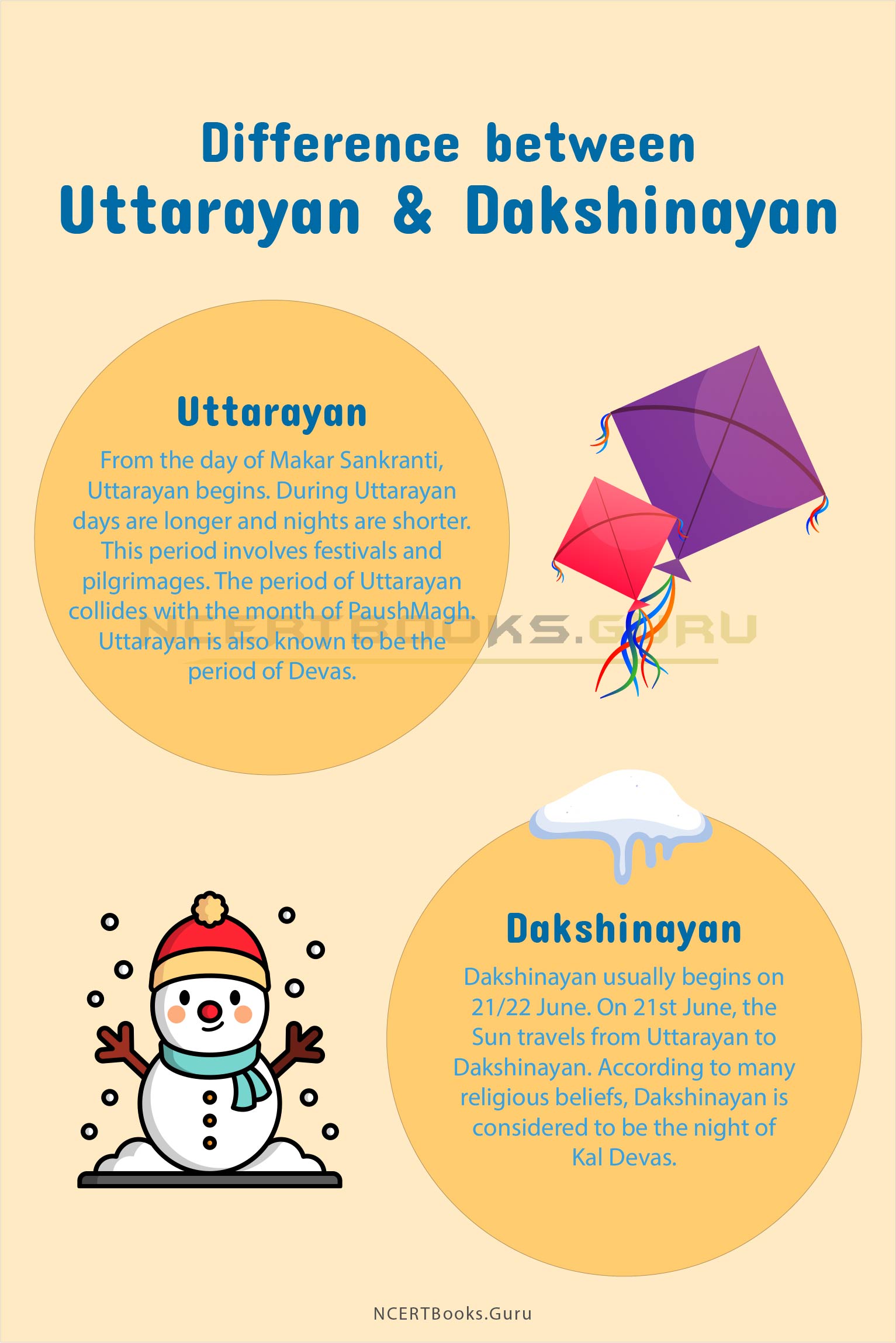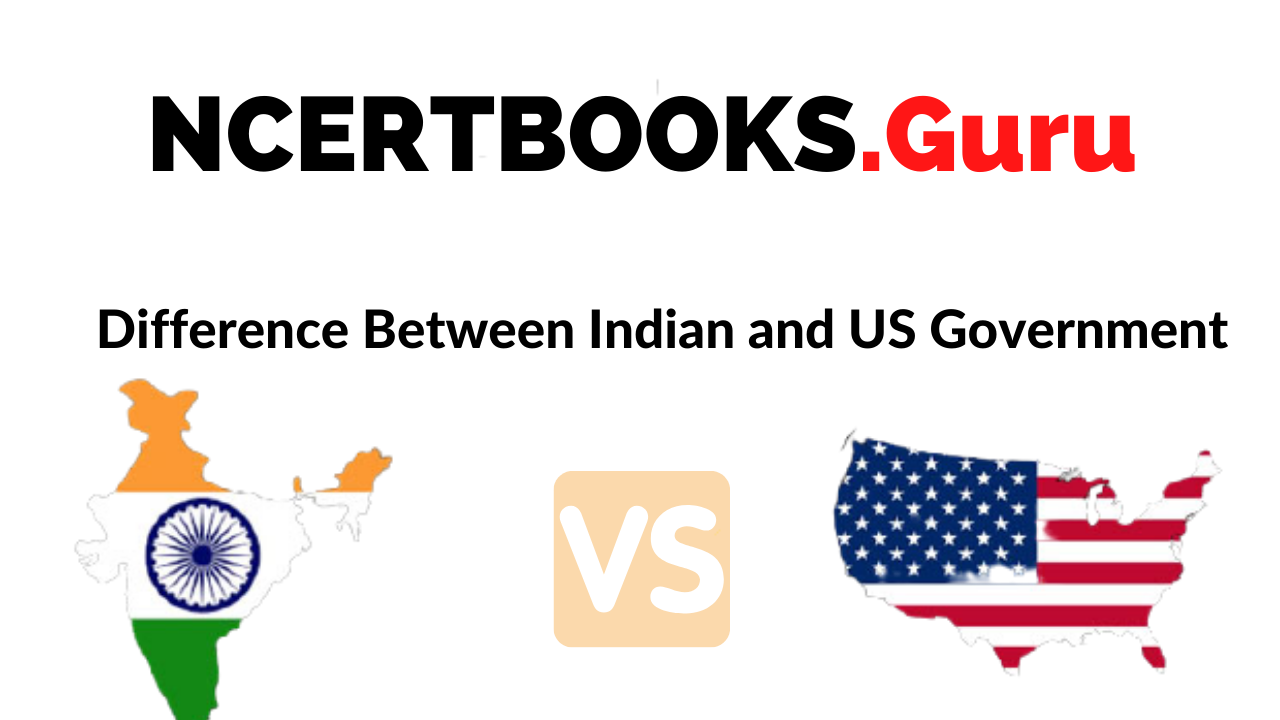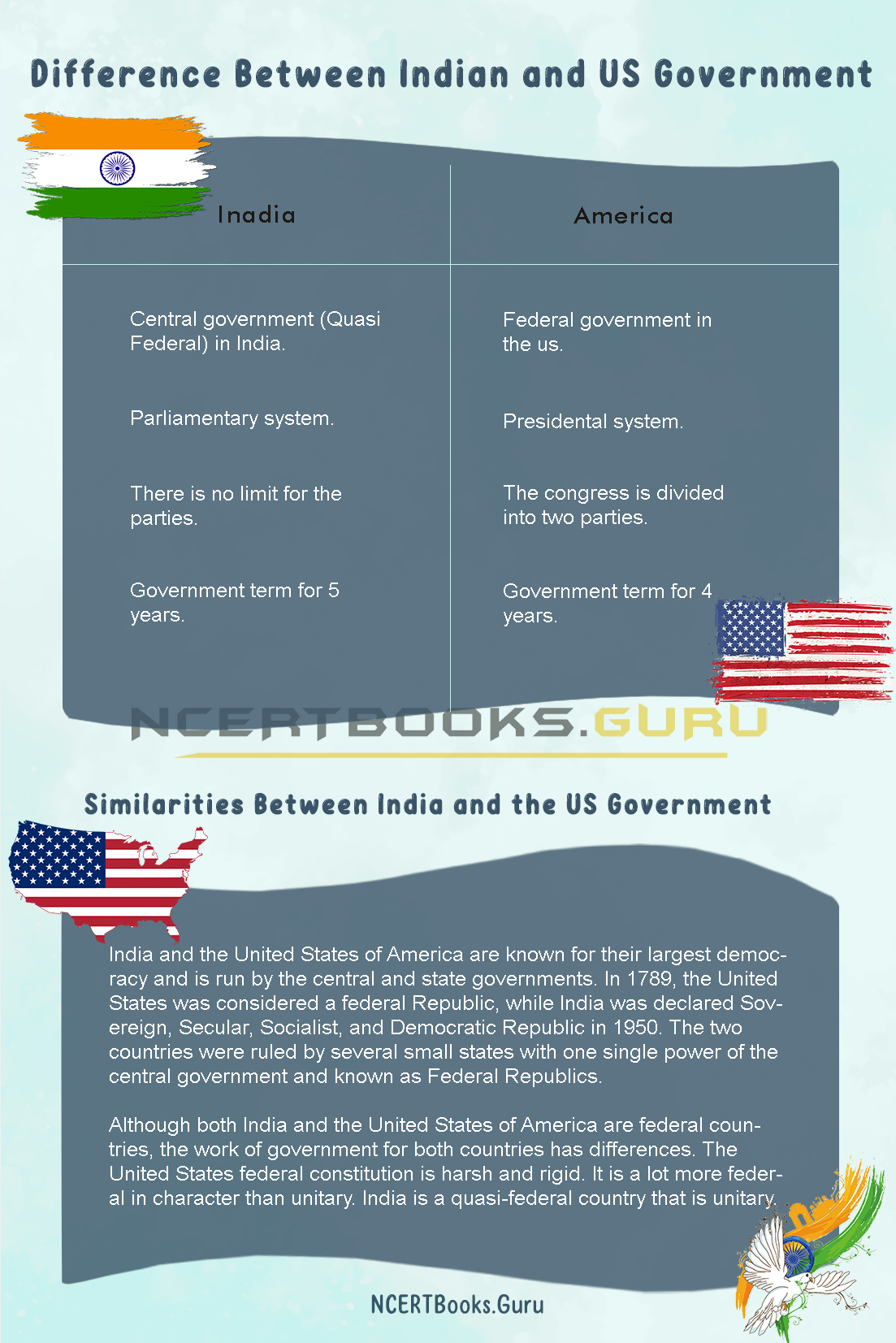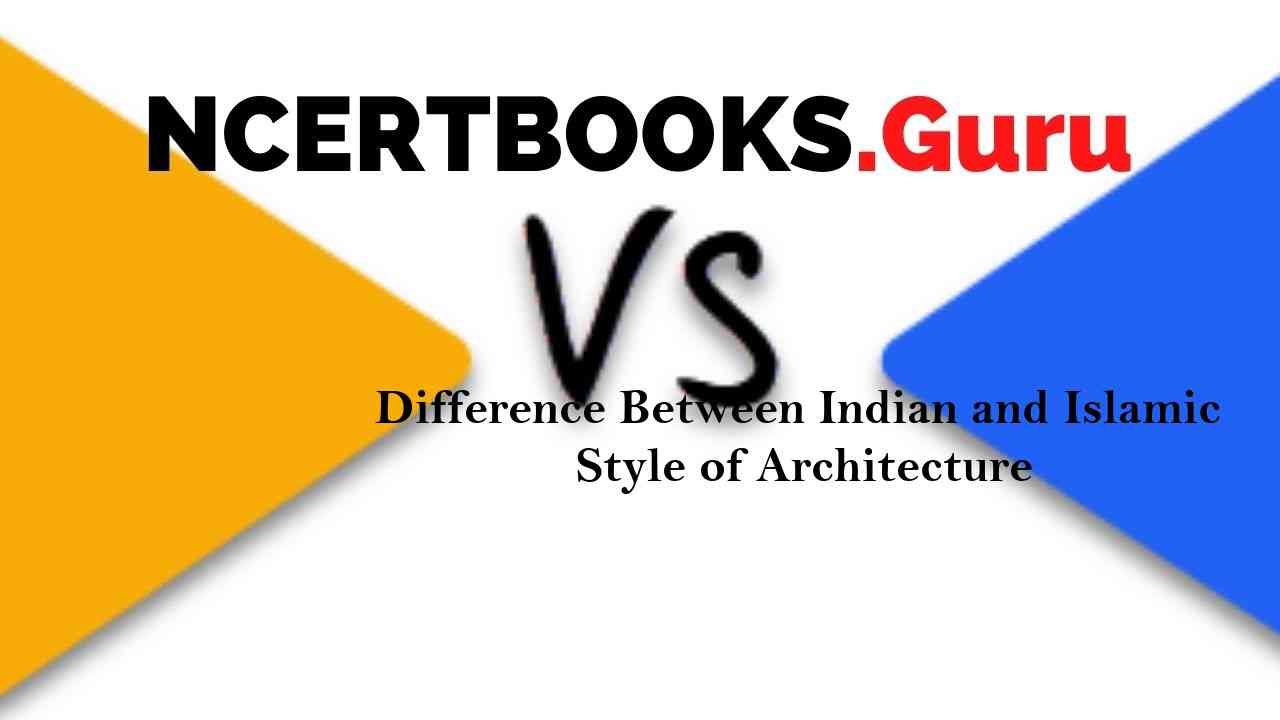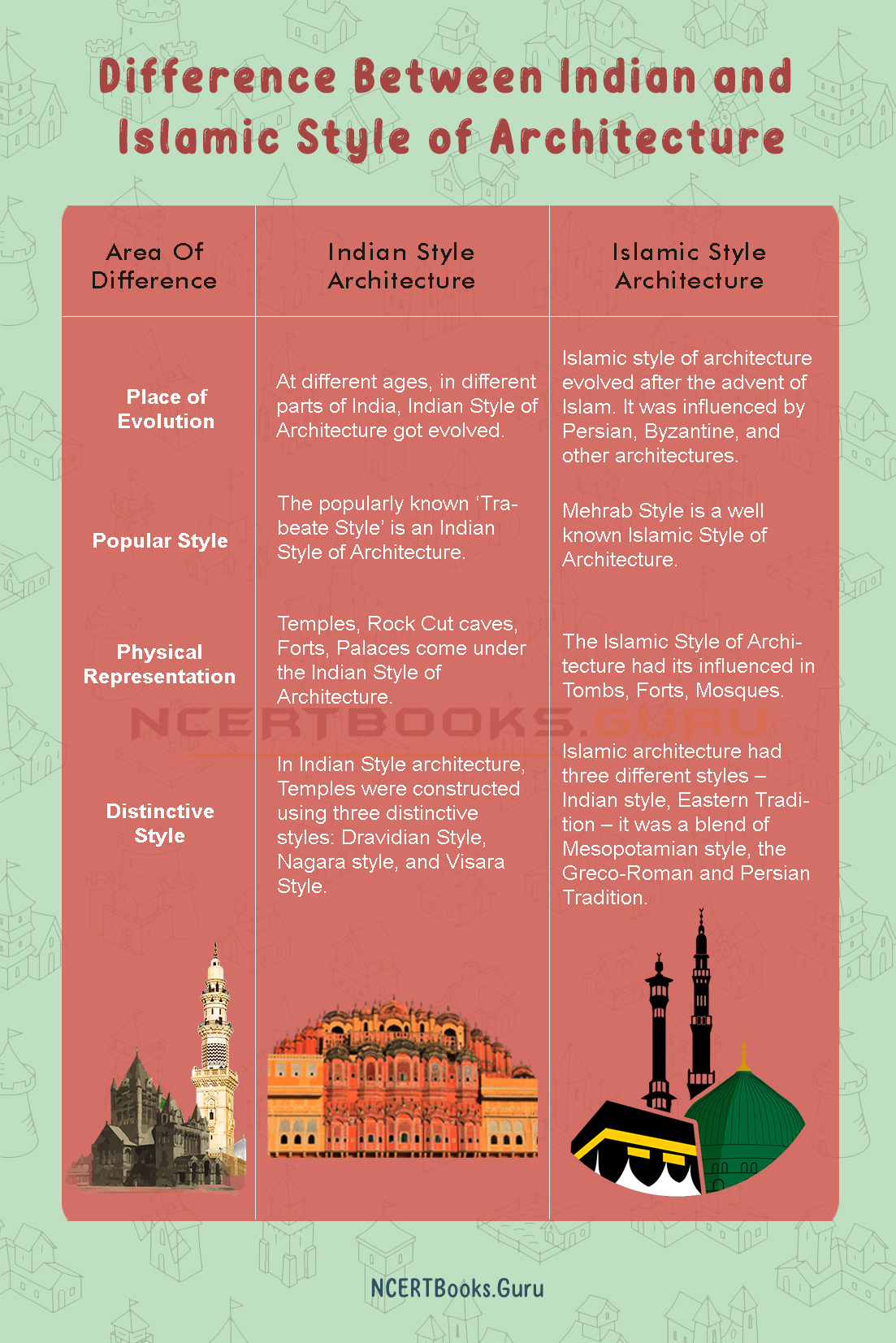In Legal Language, many terms are used in place of each other. But one needs a good understanding of these terms to understand the difference in them. Such two words that are used interchangeably are Lawyer and Advocate. But these are quite different terms.
You can also find differences between articles on various topics that you need to know. Just tap on the quick link available and get to know the basic differences between them.
What is the Difference Between Lawyer and Advocate
A Lawyer is a person who is studying law or holds a law degree. Whereas an Advocate is a person who not only has a law degree but can also represent clients in court. Knowing the difference between them is very important.
| Subject | Lawyer | Advocate |
| Definition | A Lawyer is a term used to define a person who is still studying law or is a holder of a law degree. | An advocate is a person who holds a law degree and can represent a client and can plead on behalf of his client in court. |
| Experience | A Lawyer can be experienced or not because he can be a student studying in College and has not completed his degree as yet. | An Advocate is trained hard to deal with real-life situations in the court. |
| Representing a Client in the Court | A lawyer may or may not represent his client in the court of law. | An Advocate mostly does the duty of representing a client in the court of law since his trained and capable of doing so. |
| Fees | A Lawyer offers a limited number of services. | An Advocate offers many services, and his leading service for which he charges a lot is of fighting the case in the court of law. |
| Membership | To represent a client in court, a legal professional needs the Bar Council of India’s membership. | Advocates need the Bar Council of India’s membership to appear in court and to plead on behalf of their clients. |

Definition
Before knowing any other difference between them, we need to know the fundamental difference between the meaning of both terms. A Lawyer is a term used to define a person who is still studying law or is a holder of a law degree.
To become an Advocate, he needs additional qualifications. On the other hand, an advocate is a person who holds a law degree and can represent a client and can plead on behalf of his client in court. So, both these terms are quite different from each other.
Experience
Another big difference between a Lawyer and an Advocate is that of experience. A Lawyer can be experienced or not because he can be a student studying in College and has not completed his degree as yet. Whereas an Advocate is a well-experienced person who not holds a degree but has also practised legally and has the real-life experience of fighting a case in a court.
Moreover, an Advocate is trained hard to deal with real-life situations in the court. An advocate can represent his client better than a Lawyer since an Advocate is more experienced and skilled.
Representing a Client in the Court
A lawyer may or may not represent his client in the court of law. An Advocate mostly does the duty of representing a client in the court of law since his trained and capable of doing so. He is well experienced in doing so.
He can help his client get the judgment in his favour and help win the case. On the other hand, a lawyer may only give legal advice to his client and may not be as successful as an Advocate to win the case for him. He is not so well versed in dealing with court matters and to fight a lawsuit.
Fees Charged
There is also a difference between the fees of both a Lawyer and an Advocate. The criteria for charging the fees are based on the experience and skill of both the professionals. On the one hand, the Advocate is a highly skilled and experienced professional who charges high in comparison to a Lawyer.
Lawyer, on the other hand, charges less since he is less qualified and experienced. A Lawyer offers a limited number of services, but an Advocate offers many services, and his leading service for which he charges a lot is of fighting the case in the court of law.
Membership
Another point of difference between both of them is that of membership. To represent a client in court, a legal professional needs the Bar Council of India’s membership. Advocates need the Bar Council of India’s membership to appear in court and plead on behalf of their clients.
It is easy for an Advocate to get the membership since he is educationally and legally qualified. But not all Lawyers are not eligible to get the Bar Council membership, and they may require additional qualification for it.





